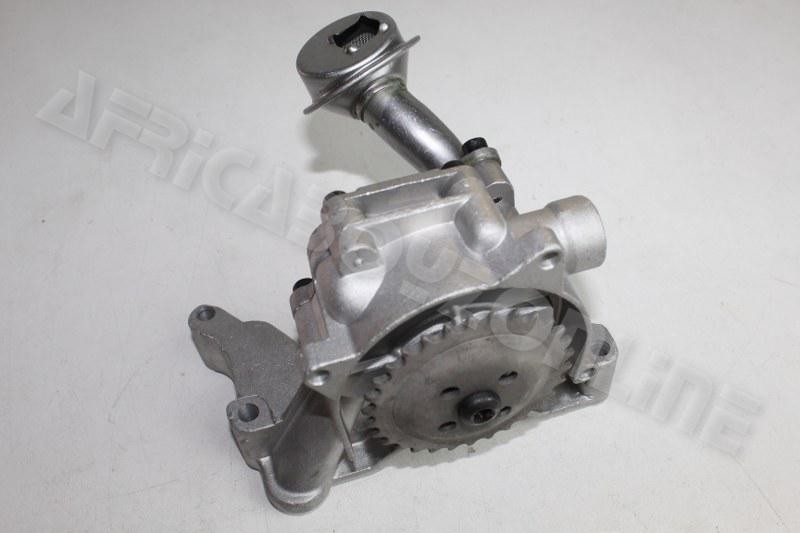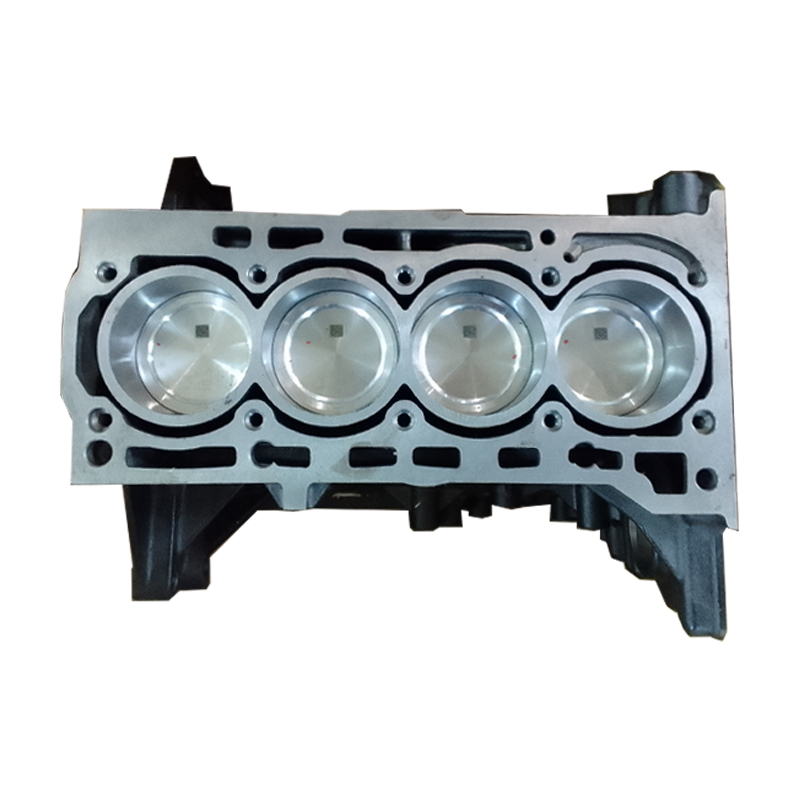Improve productivity with a powerful clp engine.
Improve productivity with a powerful clp engine.
Blog Article
Just How a Clp Engine Can Boost Performance in Numerous Industries
The advent of CLP engines marks a significant shift in operational performance throughout various sectors, driven by their capacity to maximize fuel consumption and reduce downtime. Industries such as production and logistics stand to gain significantly from their durable style and regular power result, which assure to simplify procedures and boost productivity. As companies progressively focus on sustainability alongside effectiveness, the duty of CLP engines ends up being a lot more important. What continues to be to be seen is just how these innovations will certainly shape the future landscape of commercial procedures and their influence on wider financial trends (clp engine).
Overview of CLP Engines
CLP engines, or Continual Fluid Propellant engines, stand for a considerable development in propulsion technology, particularly for room applications. These engines make use of a constant feed system that enables for the sustained expulsion of propellant, resulting in enhanced performance and efficiency contrasted to conventional strong or hybrid propulsion systems. By keeping a continuous flow of fluid propellant, CLP engines can accomplish more specific thrust control, which is essential for maneuvering spacecraft in numerous mission circumstances.
The style of CLP engines integrates innovative materials and innovative gas administration systems. clp engine. This causes decreased weight and increased reliability, important variables for long-duration space goals. Moreover, the continuous procedure decreases the risk of combustion instability, a common obstacle in traditional rocket engines.

Benefits in Production
The production of Constant Liquid Propellant (CLP) engines provides several notable benefits that boost both efficiency and cost-effectiveness. Among the main advantages is the streamlined production procedure, which minimizes the intricacy connected with typical propulsion systems. By making use of fluid propellant, manufacturers can accomplish higher accuracy in engine efficiency, resulting in optimized energy result and lowered waste.
Additionally, CLP engines help with a greater level of modularity, enabling easier integration right into numerous manufacturing lines. This flexibility can substantially lower lead times and boost general functional adaptability. Using CLP technology also has a tendency to lessen the demand for substantial upkeep due to fewer relocating components, which translates into minimized downtime and operational prices.

Applications in Logistics
Leveraging Constant Liquid Propellant (CLP) engines in logistics provides considerable advantages in operational performance and dependability. These engines give a robust solution for various transport needs, enabling the seamless activity of goods across substantial ranges. The integral layout of CLP engines permits consistent power output, which converts into smoother and a lot more predictable transportation timetables.
Among the essential applications of CLP engines in logistics is in heavy-duty products transportation, where they can drive both ground and airborne vehicles. Their capacity to keep high performance under varying lots conditions makes sure that shipment timelines are satisfied, consequently boosting client satisfaction. Additionally, CLP engines can be integrated into automated logistics systems, assisting in real-time tracking and optimizing path straight from the source planning.
Furthermore, the toughness of CLP engines lowers maintenance downtime, allowing logistics companies to optimize their operational capabilities. This is particularly beneficial in warehousing operations, where performance in handling and carrying items is vital. As logistics continues to progress, the combination of CLP you can try these out engines stands for a forward-thinking approach that not only boosts performance but additionally sustains the market's growing needs for dependability and speed.
Influence On Energy Efficiency
How do Continuous Liquid Propellant (CLP) engines boost energy effectiveness in transportation? CLP engines utilize a consistent circulation of liquid fuel, optimizing combustion procedures and keeping a secure thrust output. This design lessens energy losses connected with conventional combustion engines, where gas distribution can differ and lead to inadequacies.
The continual operation of CLP engines permits an extra effective thermal cycle, causing higher particular impulse contrasted to conventional engines. clp engine. This converts to minimized fuel usage for the very same quantity of work done, considerably decreasing functional costs throughout numerous transport markets, consisting of air travel and click for more maritime markets
Furthermore, the ability of CLP engines to keep optimum efficiency under varying load problems lowers the demand for regular velocity and slowdown, additionally improving gas performance. Boosted power performance not just adds to set you back financial savings but likewise results in reduce greenhouse gas discharges, straightening with global sustainability goals.
Future Trends and Innovations
Arising improvements in Continuous Fluid Propellant (CLP) engine innovation guarantee to revolutionize the landscape of transport performance and sustainability. As sectors pivot towards greener choices, CLP engines stand at the center, integrating cutting-edge materials and style methods that improve performance while reducing environmental influence.
Among one of the most promising trends is the fostering of crossbreed systems that combine CLP engines with renewable energy resources. This synergy can optimize fuel usage and decrease emissions, straightening with worldwide sustainability goals. Developments in computational liquid dynamics (CFD) are facilitating the layout of even more aerodynamically effective engines, leading to lowered drag and enhanced gas effectiveness.
Furthermore, the advancement of smart tracking systems is readied to improve functional effectiveness. These systems utilize data analytics and IoT modern technology to optimize engine efficiency in real-time, ensuring that the engines operate within their most reliable parameters.
As research study continues to check out different propellant formulations-- such as biofuels and artificial gas-- the future of CLP engines looks promising. By harnessing these technologies, markets can not just improve their effectiveness yet likewise add considerably to a cleaner, extra sustainable future in transport.
Verdict
In final thought, CLP engines represent a considerable advancement in effectiveness throughout several sectors. Their capacity to enhance fuel usage and lower operational expenses, incorporated with a continuous feed system, boosts power output and operational reliability. The combination of advanced materials and fewer relocating parts lessens maintenance demands, while placement with sustainability objectives settings CLP engines as a critical modern technology for the future. Continued development in this area assures further enhancements in performance and environmental performance.
Report this page